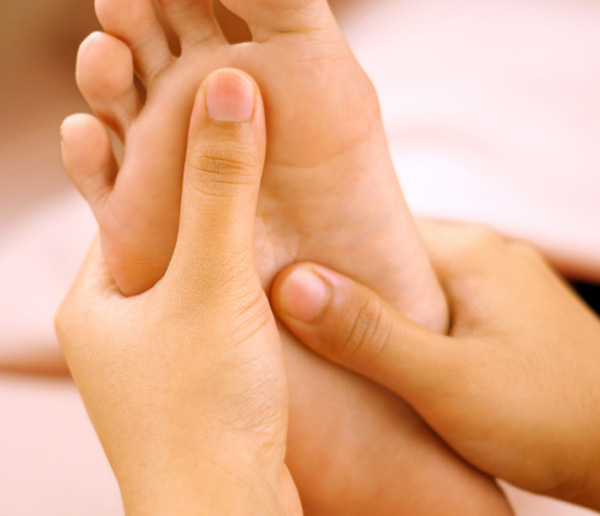
Tarsal coalition is a congenital condition in which there is an abnormal fusion between the bones of the hindfoot. Two of the tarsal bones often fail to separate from each other during early development. The abnormal union is composed of bone, cartilage, or fibrous tissue that leads to limited motion. There are three types of osseous tarsal coalitions that cause stiff foot that often flattens in kids.
Symptoms of tarsal coalitions include:

Since the bones in early childhood are primarily made of cartilage, tarsal coalitions are often unnoticed until childhood or adolescence when children start to have pain, stiffness, or swelling. X-rays do not show cartilage, so they are not accurate until adolescence when it turns to bone. Sometimes a CT scan or MRI will be required in addition to weight-bearing X-rays to help determine the severity of the coalition. Also, the foot is more prone to injury with activity as cartilage matures into bone. Some children never have symptoms and do not require treatment. Conservative treatment includes decreasing sports activities, Over-the-counter anti-inflammatory medication, icing, and custom shoe inserts or orthotics to help with motion.
At the Foot, Ankle, and Leg Vein Center, we try conservative measures first, however, if initial treatment is unsuccessful surgery is used instead. The exact surgical procedure depends on the type and severity of the tarsal coalition and the age of the patient, which will be determined after careful evaluation. Resection is the most common type of surgery because it increases foot motion once the coalition is removed. When arthritis is present, arthrodesis or fusion procedure is opted for. Risks, complications, and perioperative care will be explained to you before the surgery.